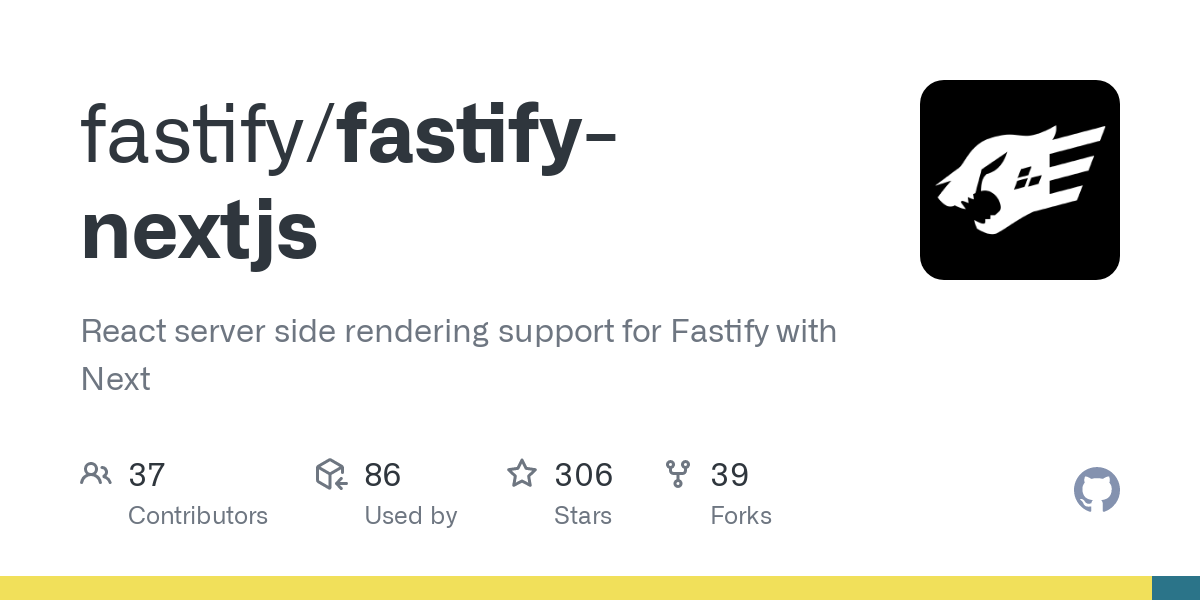Multi-tenant Next.js at any scale

Michele Riva
Senior Software Engineer @ViacomCBS
Book Author @Packt
Michele Riva
Senior Software Engineer @ViacomCBS
Book Author @Packt

Michele Riva
Senior Software Engineer @ViacomCBS
Book Author @Packt














What is multi-tenancy?












Single tenant












Separate Databases









Single Database, Separate Schemas




Instance Replication via Kubernetes
Kubernetes Cluster


Pod


Pod


Pod


Pod


Pod
Reverse Proxy

Cost reduction
Easier monitoring


Monorepo friendly

Reuse components and scripts
One pipeline to rule 'em all

Advantages of a multi-tenant architecture

Why Next.js?
Ease of use
We all love React
Built-in features
Easy onboarding
Great community
The dream

Next.js app
node_modules/
public/
components/
pages/
comedycentral/
paramount/
nickelodeon/
mtv/
The problem

Next.js currently supports only one website at the time
Possible approach #1
Instance replication + reverse proxy




Container
Reverse Proxy
Possible approach #2
Instance replication via Kubernetes
Kubernetes Cluster

Pod

Pod

Pod

Pod
Reverse Proxy
Possible approach #3
Move the reverse-proxy at the web server level






Krabs
Express.js middleware for multi-tenant Next.js applications

github.com/micheleriva/krabs
Next.js app
node_modules/
public/
components/
pages/
comedycentral/
paramount/
nickelodeon/
mtv/
server.js
.krabs.config.js


const express = require('express');
const next = require('next');
const krabs = require('krabs').default;
const dev = process.env.NODE_ENV !== 'production';
const app = next({ dev });
async function main() {
try {
await app.prepare();
const handle = app.getRequestHandler();
const server = express();
server
.get('*', (req, res) => krabs(req, res, handle, app))
.listen(3000, () => console.log('server ready'));
} catch (err) {
console.log(err.stack);
}
}
main();server.js
module.exports = {
tenants: [
{
name: 'comedycentral',
domains: [
{
development: /dev\.[a-z]*\.local\.comedycentral\.com/, // Regex supported!
stage: 'stage.comedycentral.com',
production: 'comedycentral.com',
},
],
},
{
name: 'paramount',
domains: [
{
development: 'local.paramountnetwork.com',
stage: 'stage.paramountnetwork.com',
production: /paramountnetwork\.[com|it|fr]/, // Regex supported!
},
],
},
],
// ...
};.krabs.config.js


Next.js app
pages/
comedycentral/
server.js
.krabs.config.js
index.js

shows/
[show].js

paramount/
index.js

movies/
[movie].js

about.js



Next.js app
pages/
comedycentral/
server.js
.krabs.config.js
index.js

shows/
[show].js

paramount/
index.js

movies/
[movie].js

about.js


www.comedycentral.com
www.comedycentral.com/shows/southpark


Next.js app
pages/
comedycentral/
server.js
.krabs.config.js
index.js

shows/
[show].js

paramount/
index.js

movies/
[movie].js

about.js



www.comedycentral.com
www.comedycentral.com/shows/southpark
www.paramountnetwork.com
www.paramountnetwork.com/movies/titanic
Handling layouts using different libraries and technologies






import ComedyCentralLayout from '../layouts/comedycentral';
import ParamountLayout from '../layouts/paramount';
import NickelodeonLayout from '../layouts/nickelodeon';
import MtvLayout from '../layouts/mtv';
const layout = {
comedycentral: ComedyCentralLayout,
paramount: ParamountLayout,
nickelodeon: NickelodeonLayout,
mtv: MtvLayout
};
function App({ Component, pageProps }) {
const TenantLayout = layout[pageProps.tenant];
return (
<TenantLayout>
<Component {...pageProps} />
</TenantLayout>
);
}
App.getInitialProps = async ({ Component, ctx }) => {
const tenant = ctx?.req?.tenant?.name;
let pageProps = {};
if (Component.getInitialProps) {
pageProps = await Component.getInitialProps(ctx);
}
return {
pageProps: { ...pageProps, tenant }
};
};
export default App;_app.js
import { ChakraProvider } from '@chakra-ui/react';
import { Box } from '@chakra-ui/react';
import Menu from '../Menu';
function Layout(props) {
return (
<ChakraProvider>
<Box bg="cyan.50" minHeight="100vh">
<Menu />
<Box maxWidth="90vw" width={1200} margin="auto" pt={10}>
{props.children}
</Box>
</Box>
</ChakraProvider>
);
}
export default Layout;layouts/comedycentral/index.js

White-label component library
Comedy Central theme

Paramount theme

Nickelodeon theme

Mtv theme

const themes = {
comedycentral: {
background: black,
color: white,
// ...
},
paramount: {
background: blue,
color: white,
// ...
},
nickelodeon: {
background: orange,
color: white,
// ...
},
mtv: {
background: grey,
color: white,
// ...
},
}
export default themes;import { ThemeProvider } from 'styled-components';
import themes from '../styles/themes';
function App({ Component, pageProps }) {
const tenantTheme = themes[pageProps.tenant];
return (
<ThemeProvider theme={tenantTheme}>
<Component {...pageProps} />
</ThemeProvider>
);
}
App.getInitialProps = async ({ Component, ctx }) => {
const tenant = ctx?.req?.tenant?.name;
let pageProps = {};
if (Component.getInitialProps) {
pageProps = await Component.getInitialProps(ctx);
}
return {
pageProps: { ...pageProps, tenant }
};
};
export default App;_app.js
Speedy demo!

Downsides of using Krabs

- Needs a custom server
- Cannot be deployed to Vercel
- No SSG + ISR
- _document.js and _app.js are the same for all websites
Downsides of using Krabs

- Needs a custom server
- Cannot be deployed to Vercel
- No SSG + ISR
- _document.js and _app.js are the same for all websites


How does Krabs scale?
Just like a common Express.js server.

What are Krabs use cases?
creative agencies
consultancy companies
big corporates
SASS products
Any alternative?

// Custom server
const fastify = require('fastify')()
fastify
.register(require('fastify-nextjs'))
.after(() => {
fastify.next('/hello')
})
fastify.listen(3000, err => {
if (err) throw err
console.log('Server listening on http://localhost:3000')
})// /pages/hello.js
export default () => <div>hello world</div>const fastify = require('fastify')({
trustProxy: true
})
fastify
.register(require('fastify-nextjs'))
.after(() => {
fastify.next('/hello', (app, req, reply) => {
const { hostname } = req;
if (hostname === 'paramountnetwork.com') {
app.render(req.raw, reply.raw, '/paramount/hello', req.query, {})
}
else if (hostname === 'mtv.com') {
app.render(req.raw, reply.raw, '/mtv/hello', req.query, {})
}
else {
app.render(req.raw, reply.raw, '/_error', req.query, {})
}
})
})
fastify.listen(3000, err => {
if (err) throw err
console.log('Server listening on http://localhost:3000')
})Some final tips

1) Keep it simple
Do you really need it?
2) Think template-based
3) Make it stateless


@MicheleRiva

@mitch_sleva

@MicheleRivaCode

/in/MicheleRiva95

www.micheleriva.it


https://rwnjs.com/order/amazon
https://rwnjs.com/order/packt
Multi-tenant Next.js at any scale
By Michele Riva
Multi-tenant Next.js at any scale
Slides for my Codemotion talk about multi-tenancy in Next.js
- 2,067



